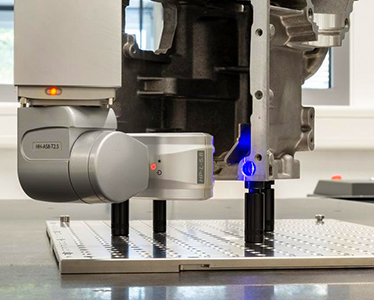Forging Strength: Exploring the Art and Science of Sand Casting
2024-01-06
Sand casting, a time-honored method in the world of metallurgy and manufacturing, stands as a testament to the marriage of tradition and innovation. This article delves into the intricate process of sand casting, uncovering its historical roots, its versatile applications, and the role it plays in shaping the physical world around us.
An Ancient Craft: Tracing the Roots of Sand Casting
Sand casting boasts a rich history dating back thousands of years. Believed to have originated in ancient China, this method gradually spread across civilizations, leaving its imprint on the creation of tools, ornaments, and intricate metalwork. Over the centuries, the fundamentals of sand casting have endured, solidifying its status as a timeless technique.
The Art of Molding: Understanding Sand Casting Basics
At its core, sand casting involves the creation of molds from a mixture of sand and other bonding agents. The mold is shaped according to the desired final product and is used to cast molten metal. The versatility of sand casting allows for the production of a wide array of shapes and sizes, making it a preferred method for crafting intricate components.
From Sand to Metal: The Casting Process Unveiled
The sand casting process unfolds in a series of meticulously orchestrated steps. Initially, a pattern of the intended object is created, often from wood or metal. This pattern is then pressed into a specially prepared sand mixture to form the mold. Once the mold is ready, molten metal is poured into it, filling the negative space left by the pattern. After cooling and solidification, the sand is removed, revealing the newly cast metal object.
Versatility Across Industries: Applications of Sand Casting
Sand casting's versatility renders it indispensable across various industries. From automotive components and aerospace parts to artistic sculptures and intricate jewelry, this method adapts to diverse manufacturing needs. Its ability to handle a wide range of metals, including aluminum, bronze, and iron, further underscores its universal applicability.
Economic and Sustainable: The Advantages of Sand Casting
Beyond its versatility, sand casting offers economic advantages. The materials involved are relatively inexpensive, and the molds can be reused, contributing to cost-effectiveness in large-scale production. Additionally, the process generates minimal waste, aligning with contemporary efforts toward sustainable manufacturing practices.
Challenges and Innovations: Navigating the Sands of Progress
While sand casting remains a stalwart in manufacturing, ongoing innovations seek to address its challenges. Advances in mold materials, computer simulations for process optimization, and automated technologies contribute to refining the precision and efficiency of sand casting, ensuring its continued relevance in a rapidly evolving industrial landscape.
Future Horizons: Sand Casting in the Modern Era
As industries march into the future, sand casting continues to play a pivotal role in shaping the physical world. Its adaptability, historical significance, and ongoing technological enhancements position it as a foundational method that seamlessly integrates tradition with cutting-edge manufacturing practices. In the grand tapestry of metallurgy, sand casting stands as a enduring thread, weaving strength and form into the fabric of human ingenuity.























































